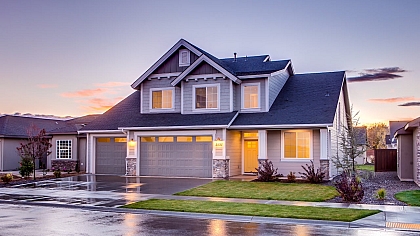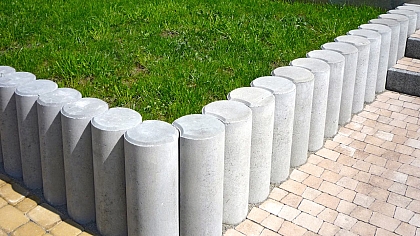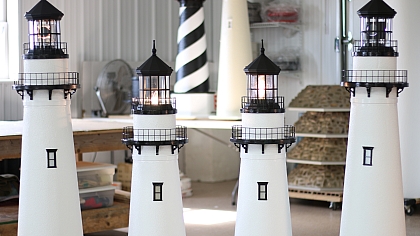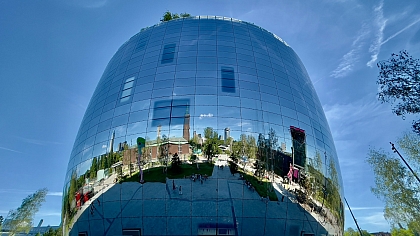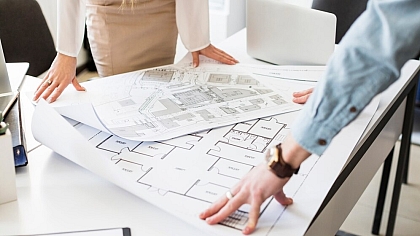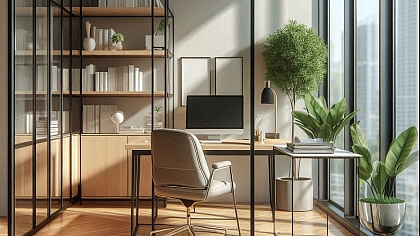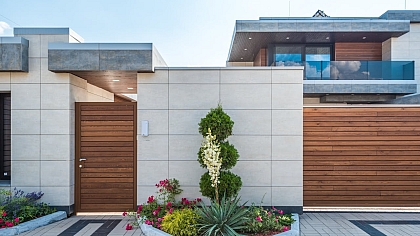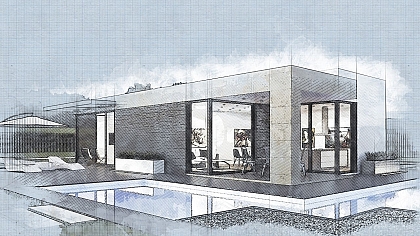
Building Scotland's Future:
Trends in Modern Construction Techniques
Scotland's construction industry stands at the intersection of tradition and innovation, facing challenges and opportunities in the modern age. With a focus on sustainability, safety, technology, and adaptation to economic and regulatory landscapes, the construction sector is redefining its practices and methodologies. In this dynamic environment, new trends are emerging that shape the way buildings and infrastructure are conceived, designed, and built.
Explore the latest trends in construction techniques transforming Scotland's built environment, providing insights into the industry's direction and the role of cutting-edge solutions, such as JP Concrete's Staunton Barrier with Fence, in shaping a responsible and forward-thinking future.
Sustainable Construction Practices
The construction industry in Scotland is steadily embracing sustainable practices, aligning with global initiatives to promote a greener planet. From energy-efficient designs to the use of eco-friendly materials, these trends signify a positive shift towards responsible construction. Builders and architects are focusing on creating structures that minimise energy consumption, reduce carbon footprints, and make use of renewable resources.
Innovative Safety Measures, Including Modern Barrier Solutions
Safety is paramount in construction, and the industry is investing in modern safety techniques to ensure worker and public safety. The utilisation of precast concrete barriers, such as a barrier with fence, signifies a move towards site delineation and protection. These barriers - combined with innovative fencing - create secure zones that control access and protect workers, pedestrians, and vehicles.
Along with technological advancements like drones and augmented reality, such barriers contribute to an enhanced safety culture within construction sites.
Embracing Technology in Design and Execution
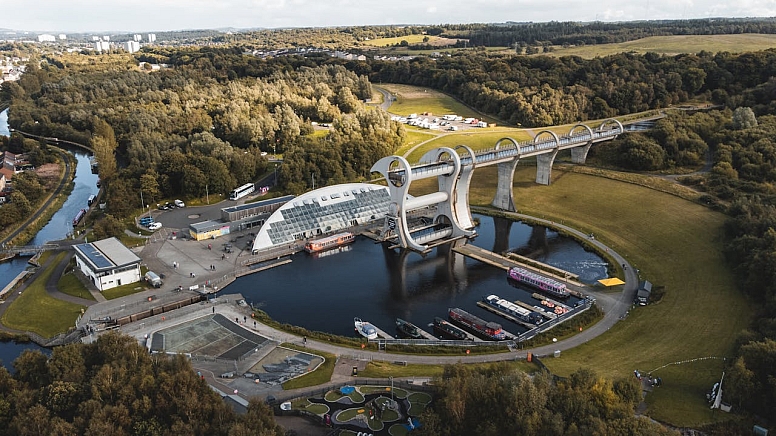
The use of technology in construction is no longer a novelty but a necessity. Building Information Modelling (BIM) has revolutionised the planning and design phase, allowing for greater collaboration and efficiency. It creates a comprehensive digital representation of a project, enabling architects, engineers, and construction professionals to work seamlessly together, reducing errors and streamlining workflows.
Drones are used for site inspection, providing real-time imagery and data collection, significantly enhancing project monitoring and safety assessments. Meanwhile, 3D printing paves the way for precise and cost-effective component manufacturing, allowing bespoke solutions tailored to specific needs.
Virtual Reality (VR) and Augmented Reality (AR) are also emerging as powerful tools for training, design visualisation, and client engagement. These immersive technologies offer an interactive experience, allowing stakeholders to explore a project before it's built and offering new avenues for collaboration and creativity. By integrating these technologies, the industry can enhance accuracy, efficiency, and communication, leading to more informed decisions and successful project outcomes.
Adapting to Economic and Regulatory Changes
The construction landscape in Scotland is shaped not only by innovations but also by economic and regulatory factors. Government policies, financial forecasts, and regulatory compliance play a significant role in determining construction trends. Adhering to building regulations, navigating zoning laws, and aligning with government initiatives for affordable housing and infrastructure development are key considerations that guide modern construction techniques.
Scotland's construction industry is at a crucial juncture where the integration of sustainable practices, safety innovations, technological advancements, and adaptation to regulatory norms is defining its future. The industry's commitment to embracing these trends reflects a progressive approach that balances aesthetics, functionality, safety, and responsibility.
This convergence of traditional values with modern techniques signifies a promising path towards building a future that is structurally sound and socially and environmentally conscious.

